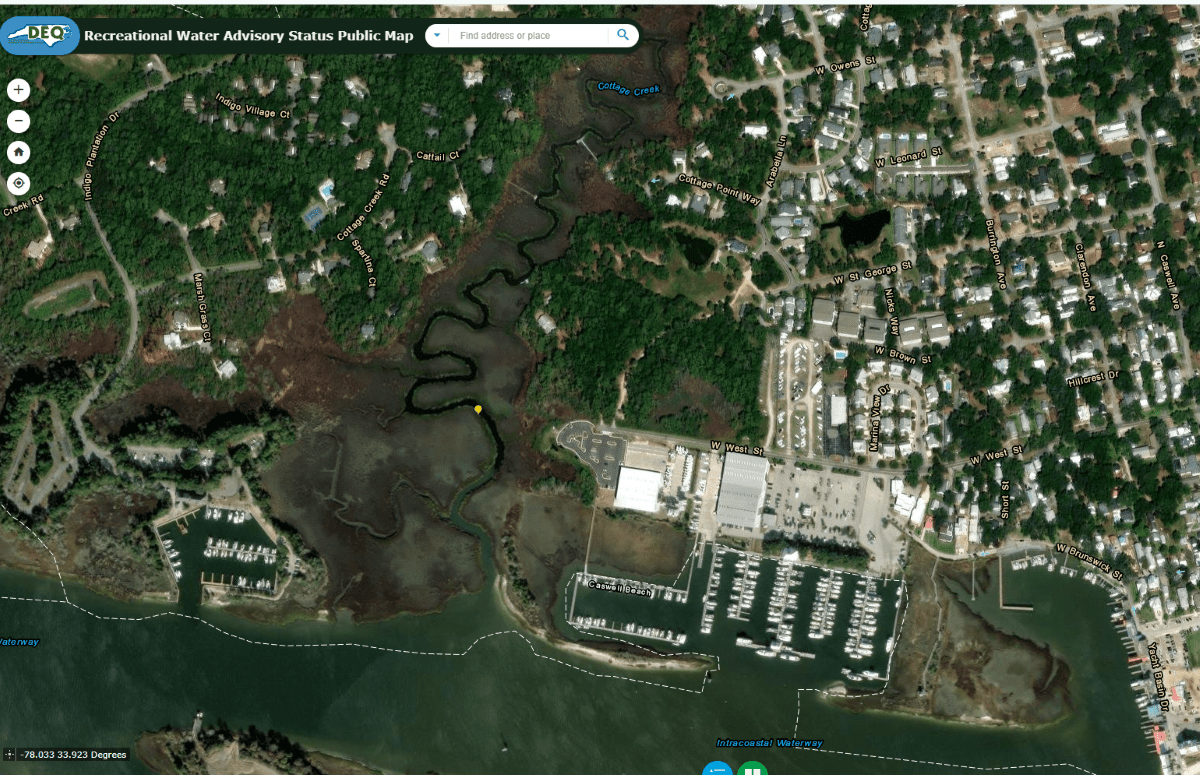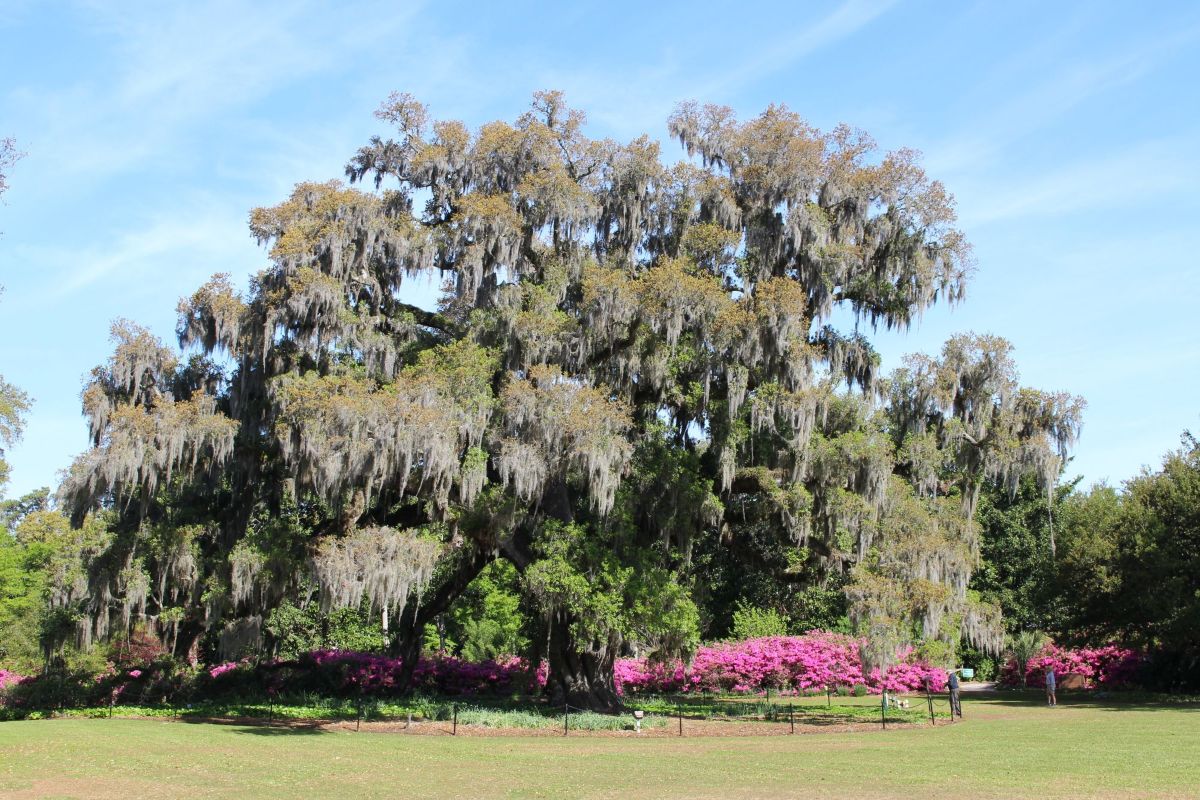
With national forecasters expecting above-normal activity for the 2025 Atlantic hurricane season, officials are reminding the public to prepare now before a storm hits.
Meteorologists are predicting a 60% chance of an above-normal season, 30% chance of a near-normal season, and only a 10% chance to be below normal, National Weather Service Director Ken Graham said during a news conference held Thursday morning at Jefferson Parish Emergency Operations Center in Gretna, Louisiana.
Supporter Spotlight
Graham was joined by Acting National Oceanic and Atmospheric Administration Administrator Laura Grimm and Jefferson Parish President Cynthia Lee-Sheng to announce the season that begins June 1 and ends Nov. 30.
“We’re really looking at an above-normal season once again,” Graham said, explaining that the forecast is between 13 to 19 named storms. Storms are named when they reach 39 mph. In 2024, there were 18 named storms.
Of those 13 to 19 storms expected this year, six to 10 are forecast to become hurricanes, which is when winds reach 74 mph, and forecasters expect three to five major hurricanes, or Category 3 and above, with maximum sustained winds of 111 miles an hour or greater, Graham said.
“The average: 14 named storms, seven hurricanes, three major (hurricanes), so above the average,” Graham said.
Hurricane categories are ranked from 1 to 5 on the Saffir-Simpson Hurricane Wind Scale. Category 5 is the strongest with winds greater than 157 mph.
Supporter Spotlight
Hurricanes are not just about the category, Graham said, adding that only 1 mile an hour separates the different categories. “You’ve got to focus on the impacts,” particularly the dangers of water such as storm surge and flooding.
Graham explained that the strongest hurricanes are the ones that develop the fastest.
“Every Category 5 storm that’s ever hit this country was a tropical storm or less three days prior,” Graham said. “The big ones that hit this country are fast,” and you have to plan early.

“Everything’s in place for an above average season,” Graham explained, including warmer surface temperatures.
With some of the factors associated with hurricane season, “we’re not really seeing any changes in the numbers or even the strengths when it comes to the warming of the planet,” but “we’re seeing heavier rainfall rates,” he said.
“That’s the biggest evidence that we see associated with the tropical season,” Graham continued about the heavy rainfall. “We’ve got to be really prepared for that,” especially as more people move to the coast.
In response to questions from reporters Thursday morning about staff changes at NOAA, Grimm explained that “weather prediction modeling and protecting human lives and property is our top priority.”
She added that “we are fully staffed at the hurricane center” and “we are really making this a top priority for this administration, for NOAA, for the Department of Commerce. We are very supportive of our national weather staff.”
Though Graham reiterated Grimm’s statement about staffing, he later said the administration “had some folks go, but we’re going to make sure that we have everything that we have on the front lines. Every warning is going to go out.”
Graham said that budget cuts at NOAA are not going to affect hurricane forecasting this year and that the center is working on some long-term solutions for staffing.
In North Carolina
Dare County Emergency Management Director Drew Pearson told Coastal Review in an email Thursday that he echoed “Ken Graham’s statement in the NOAA release where he says ‘This outlook is a call to action: be prepared. Take proactive steps now to make a plan and gather supplies to ensure you’re ready before a storm threatens’.”
Graham’s “words are true even when the predictions are for a less active season. No matter how many storms are being predicted, everyone needs to be prepared for that one storm that will put them in harm’s way,” Pearson continued.
“I would be remiss if I didn’t encourage everyone to never focus on just the category of a tropical storm,” he said. “Any storm system is dangerous and can bring life threatening impacts from storm surge, rainfall flooding, wind, tornadoes and rip currents. Just the other afternoon we had a tornado in Wanchese during a severe thunderstorm.”
North Carolina Emergency Management’s Chief of External Affairs and Communications Justin Graney also pointed out that it only takes one storm.
“We really want North Carolinians to know that it doesn’t matter if they’re calling for one storm this season or 45 storms, it only takes one to impact our state and only one storm to impact your community and your home. We want everybody to be prepared for hurricanes,” he said in an interview.
Graney said in coastal North Carolina, “storm surge is the number one killer” in tropical storms and hurricanes, “because the water levels will rise very rapidly.” Wind damage is also a concern, depending on the strength of the hurricane.
“It’s important to note, too, that the category of storm is misleading. People find a false sense of security” in the storm category, which is only based on the wind speed. “The storm may have substantial impacts beyond that,” he said.
Graney pointed to Hurricane Florence in 2018, a Category 1 storm when it impacted North and South Carolina. “But because of the rainfall amounts, we saw significant flooding, same with Hurricane Matthew. There shouldn’t be a sense of security with people when they say, ‘that’s just a Category 1 hurricane, we’ll be fine.’ They need to take them seriously, no matter what it is.”

Another concern for eastern North Carolina is inland flooding.
Residents need to be aware of what is happening to the streams and rivers in their area, adding that the region could see the same areas flood twice. The initial flooding from storm surge, rainfall and runoff, and, depending on the track of the storm, “you may see additional flooding several days after the storm, so it’s important to make sure you’re aware of those hazards,” he said.
Graney urged residents to make sure the information they rely on is coming from local media, the newspaper, National Weather Service and other trusted sources to make the best decisions to protect themselves and their loved ones.
“The next thing you want to do after being informed is, we want to make sure that you have a plan and that you’re prepared,” Graney said. “We want everyone that lives in coastal North Carolina to be familiar with the Know Your Zone Initiative, which is a storm surge-based evacuation map that is used by local emergency management to facilitate evacuation.”
He said to visit the website, type in the address and it will show your zone for if you need to evacuate.
Grady said that putting together a disaster kit at home is also extremely important. “We need to make sure North Carolinians are prepared to self-sustain for three to seven days per person in their home.”
There’s some resources at readync.gov “to help you and your family prepare at home, because it’s important, and it doesn’t have to be a huge financial undertaking. It can be done gradually. Right now, we have time. We can do this in parts, to build a disaster kit at home. So that’s not a huge financial hit to you and your family,” he added.
Warning Coordination Meteorologist Erik Heden at the National Weather Service office in Morehead City said in a telephone interview that coastal North Carolina is “one of the higher risk areas in the country. We never want to scare people, but we do live right by the ocean, and it’s beautiful most of the time of the year, but it’s just something we need to be prepared for when you live in an area like this.”
Heden also stressed that residents shouldn’t focus on the category but on the impacts, which include wind, storm surge, inland flooding, rip currents and tornadoes.
He said Thursday now is a good time to make that hurricane plan and stock up because there’s plenty of supplies available. “If you’re researching (your plan) on a beautiful May day like today, you’re going to make really good decisions where, if you’re trying to scramble at the last minute, you’re not going to make as good of a decision while being under stress.”
National Weather Service Meteorologist-in-Charge for the Wilmington office Steven Pfaff said that while there have been numerous hurricanes over the decades that have caused serious flooding, the coast is overdue for a high-impact, wind storm.
“When you look at statistics, every 23 years, Cape Fear should see a Category 3 or 4,” he said in a phone interview, “And here we are coming up on 29 years since Fran,” referencing Hurricane Fran that hit in 1996.
“You’ve got a segment of the population that has been through a lot of hurricanes, but not the wind aspect of it,” Pfaff said, referring to storms with winds over 100 mph. “We have a lot of people who’ve lived in the area since Fran that haven’t been through something like Fran, so it’s going to be new to them as well.”
Coastal Review will not publish on Monday, May 26.







